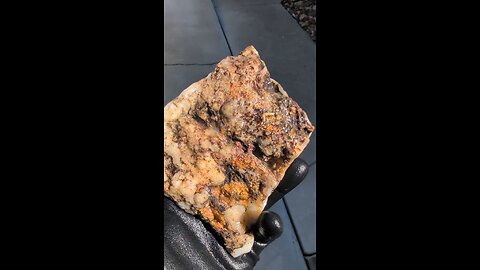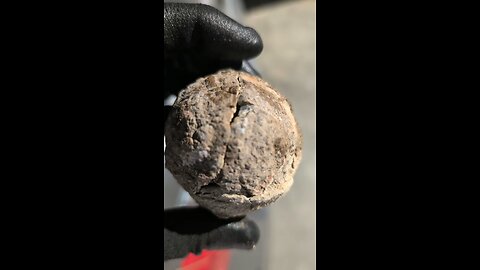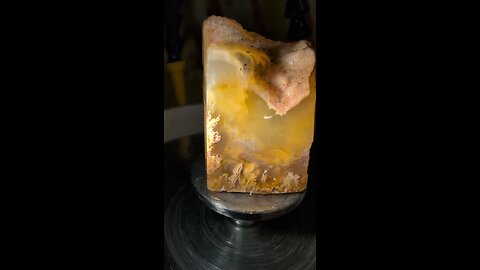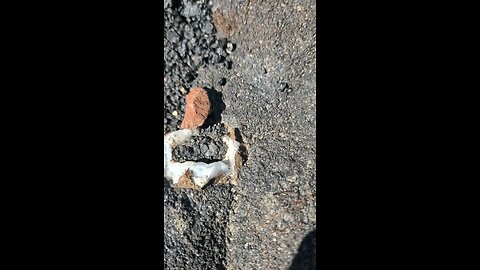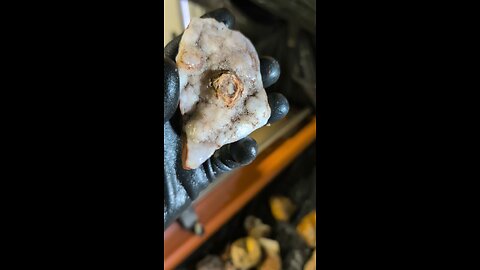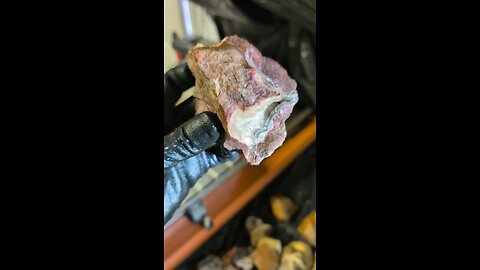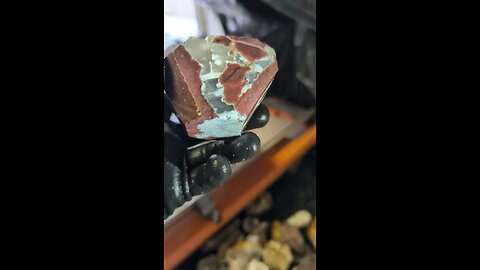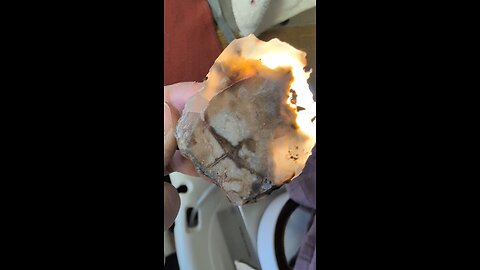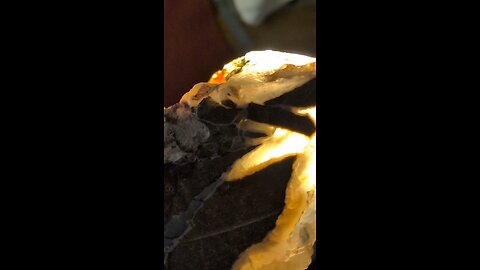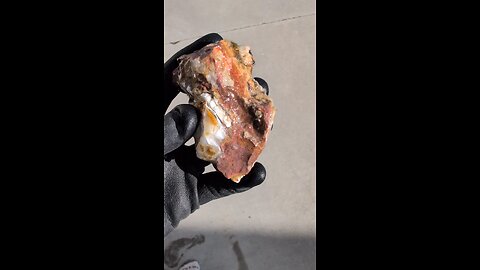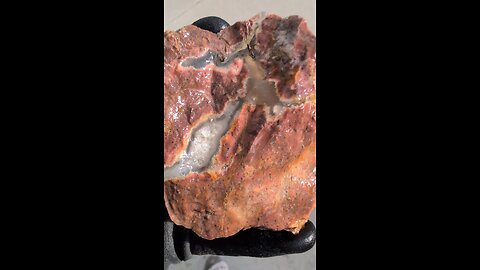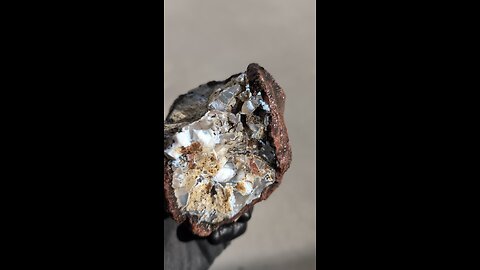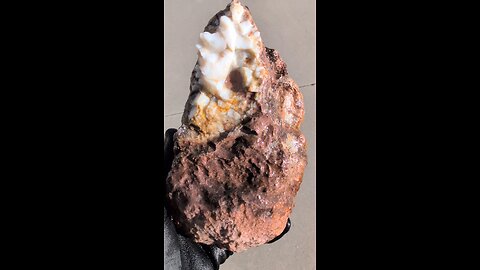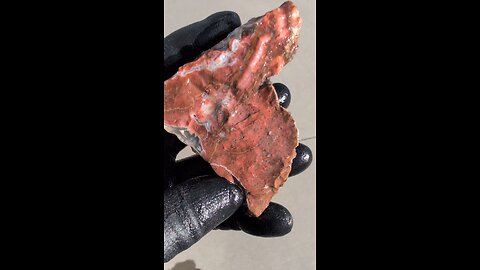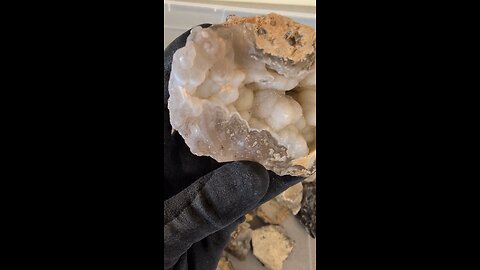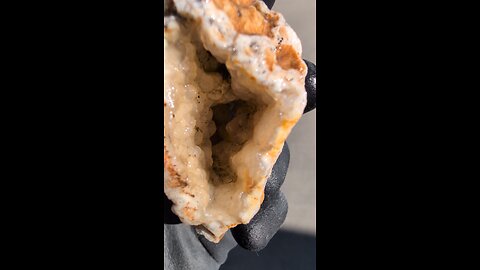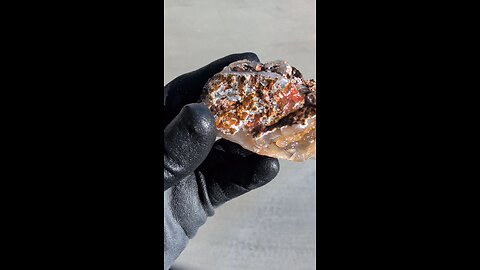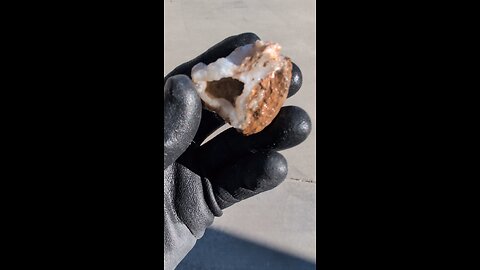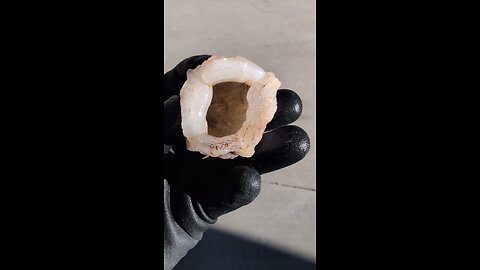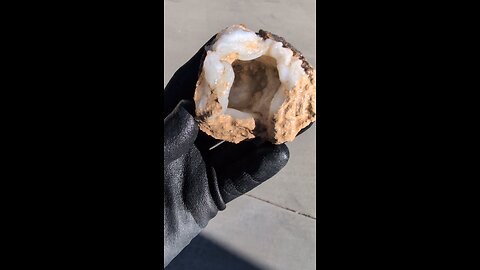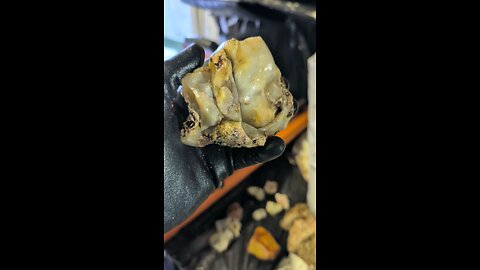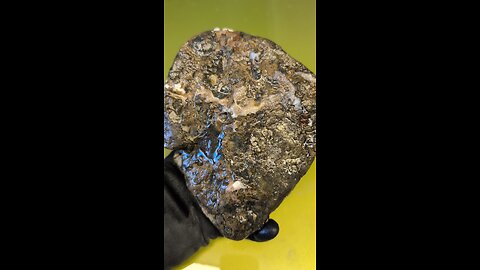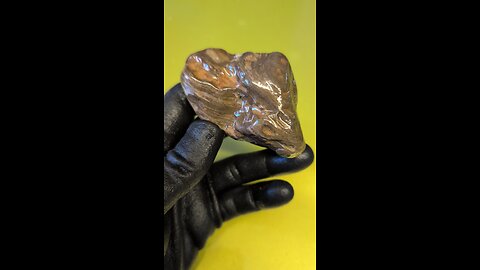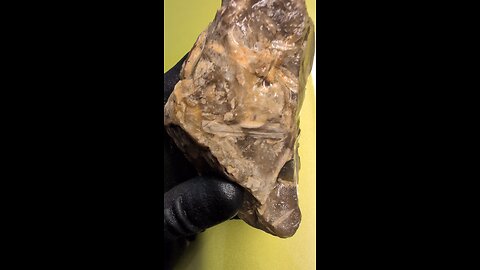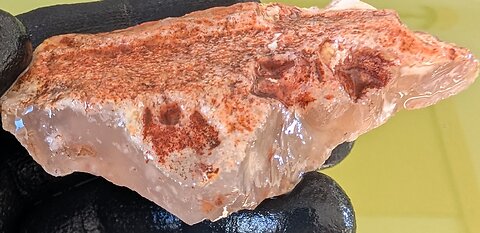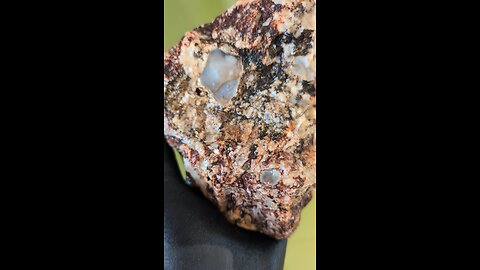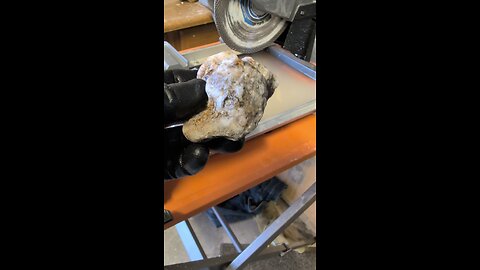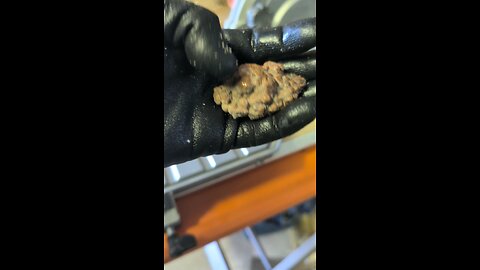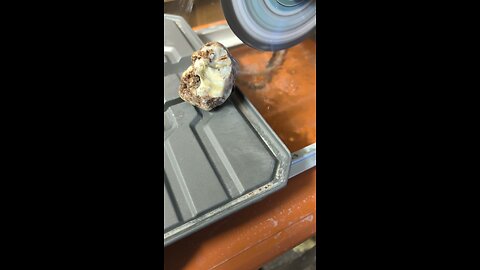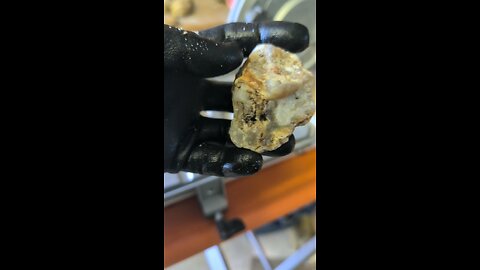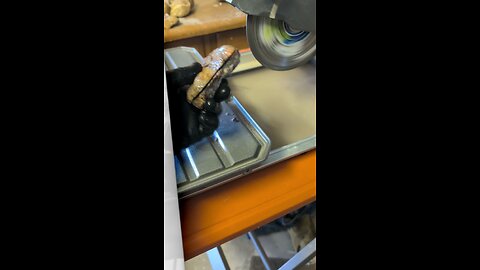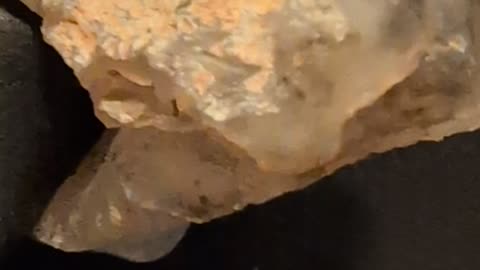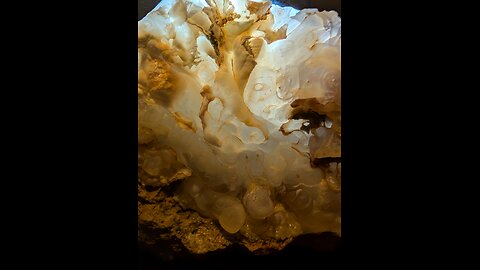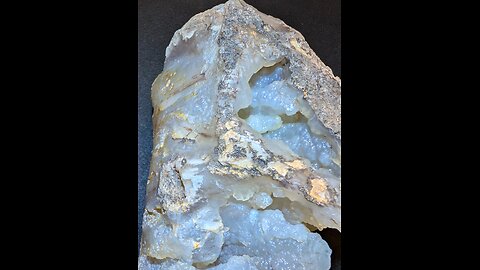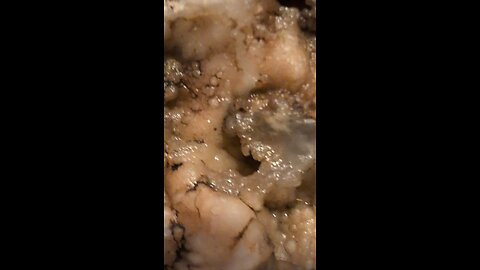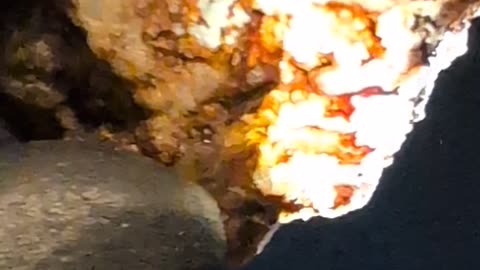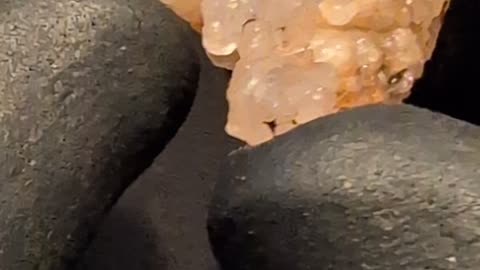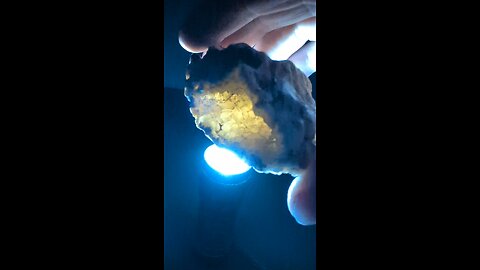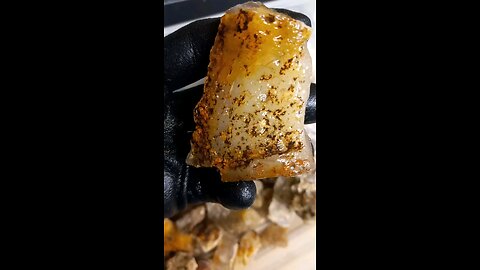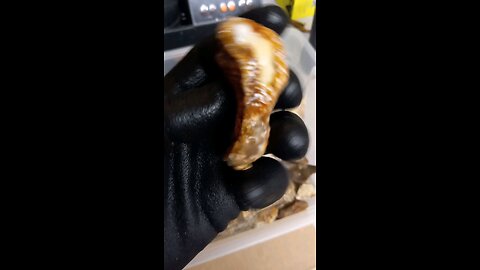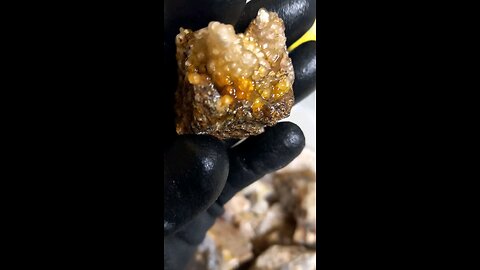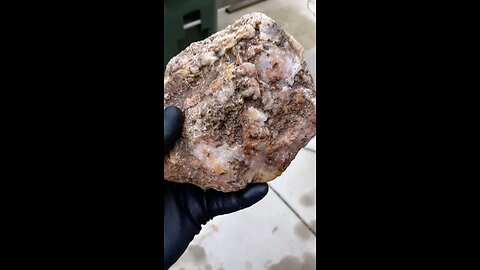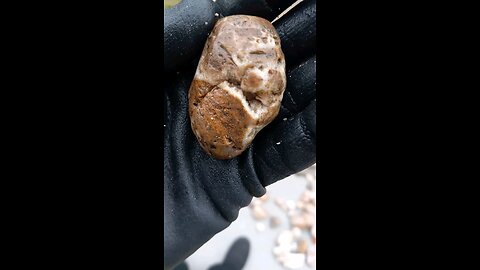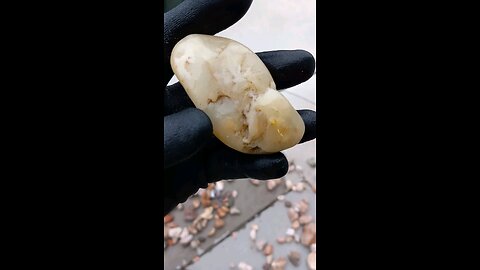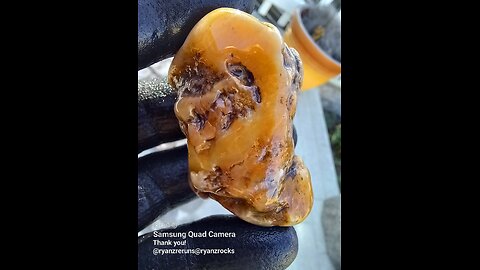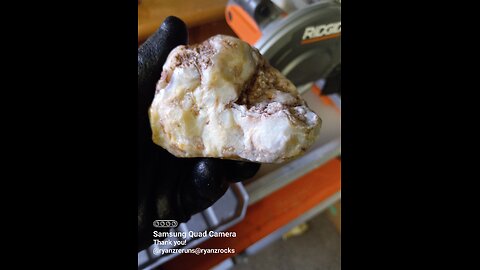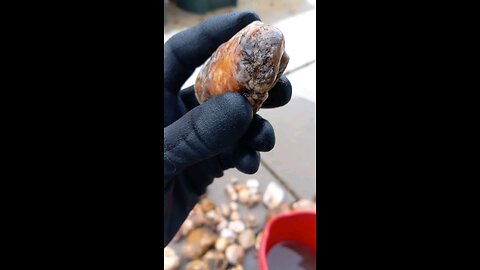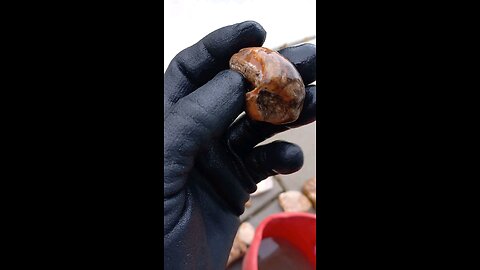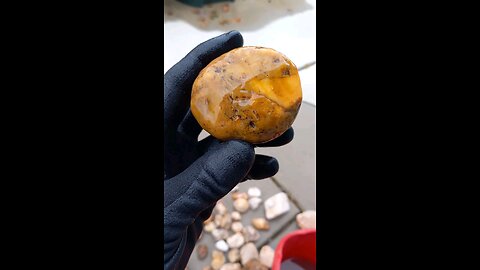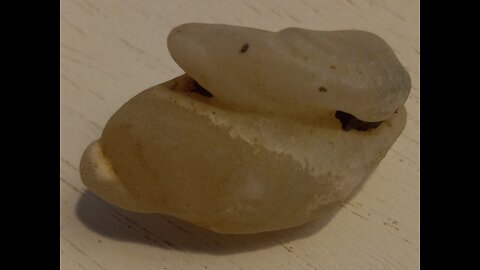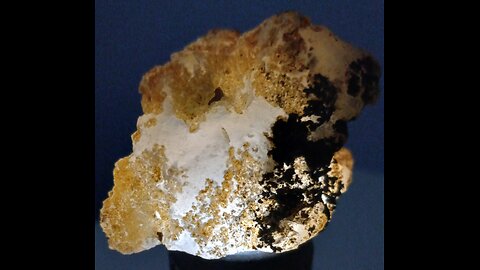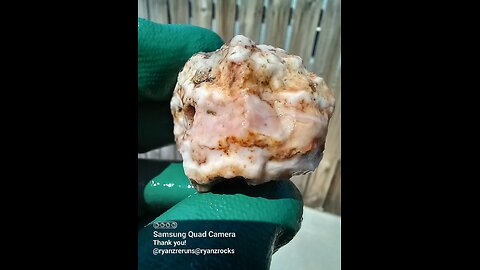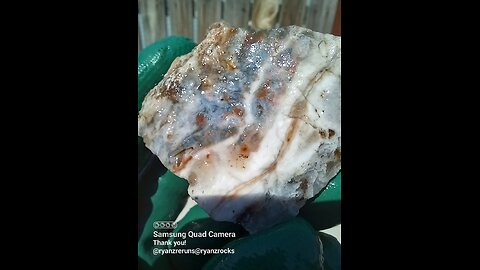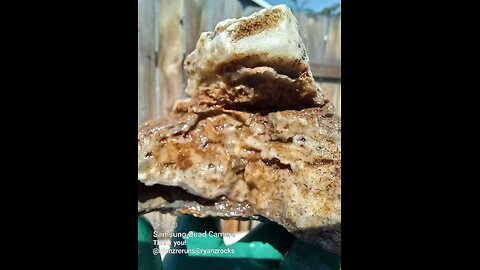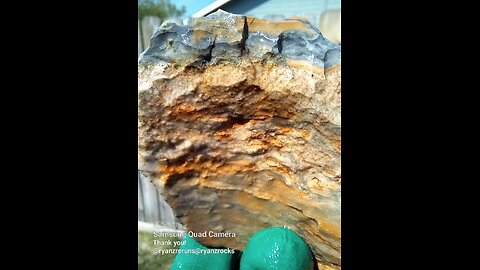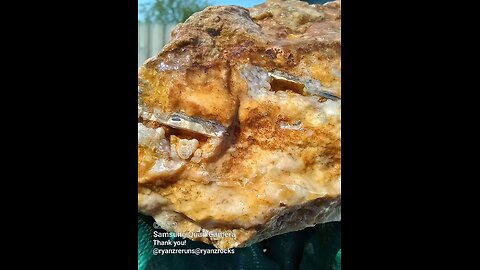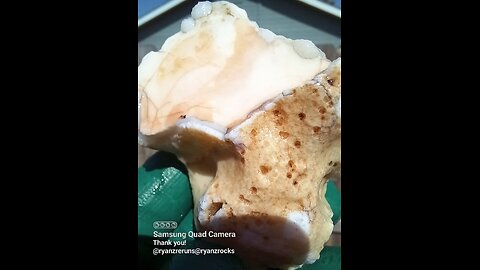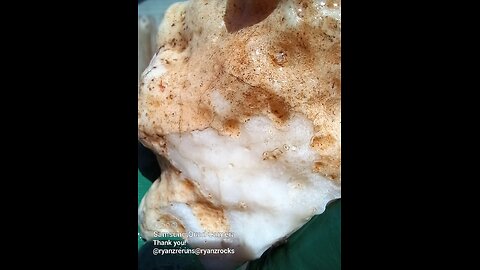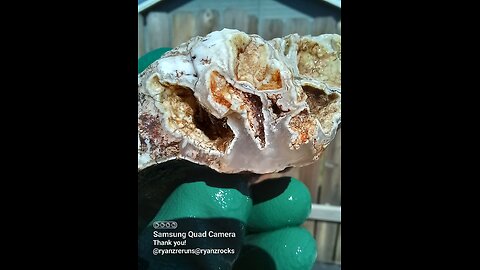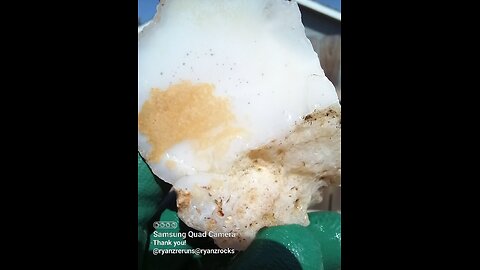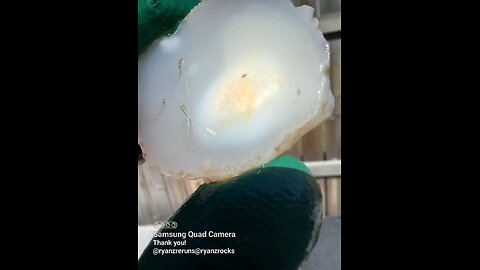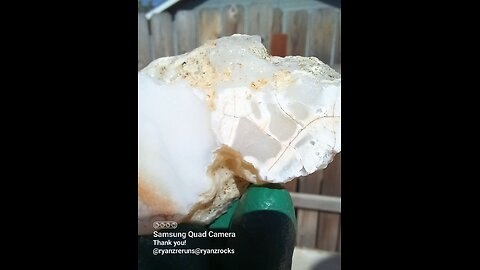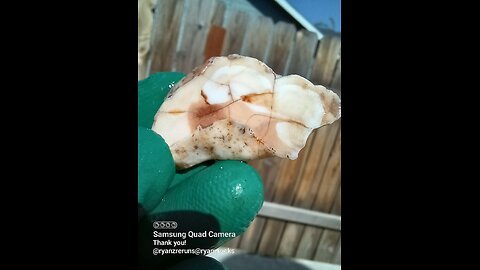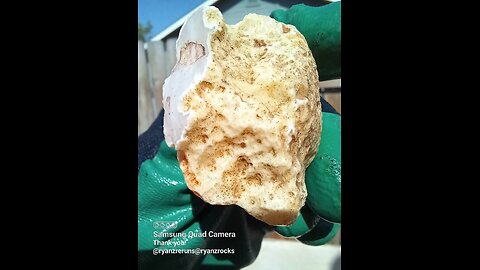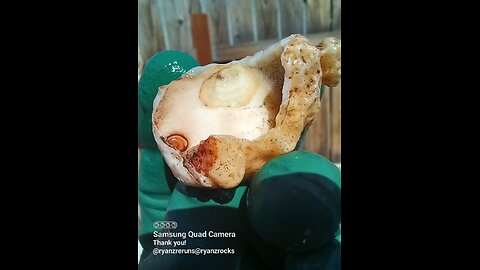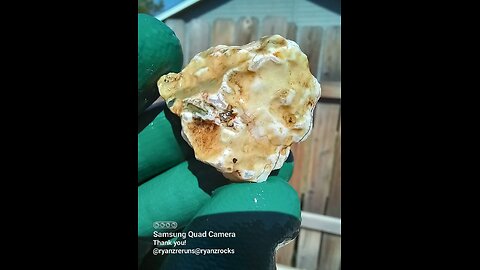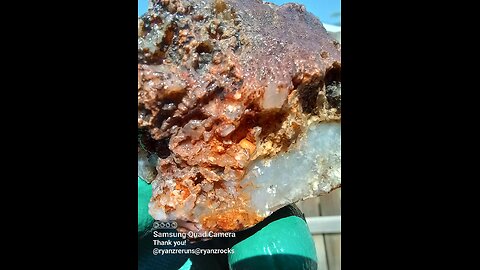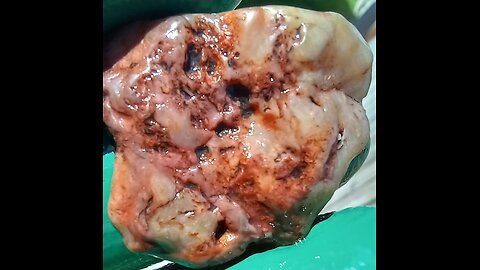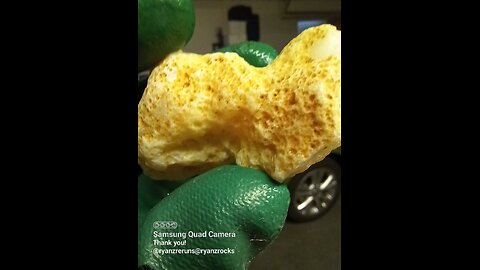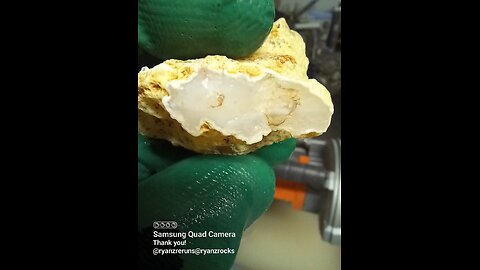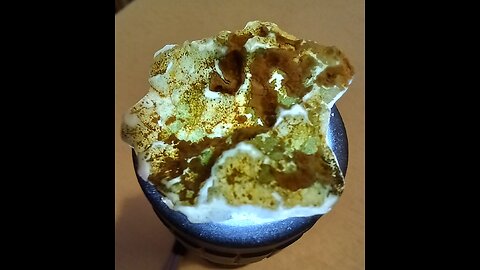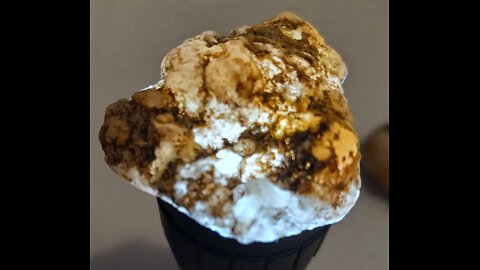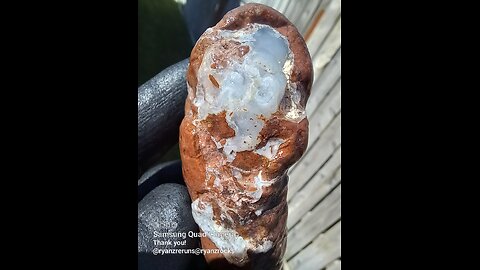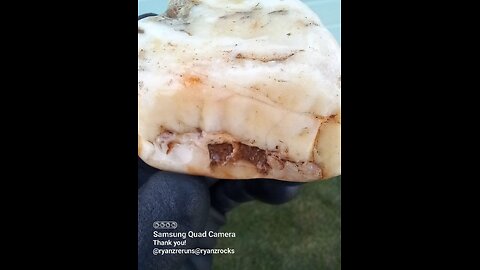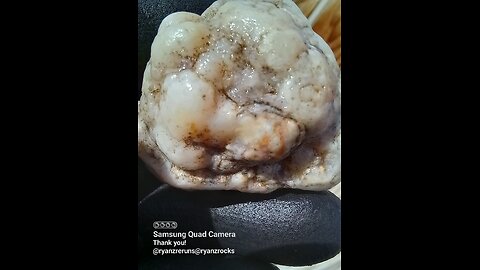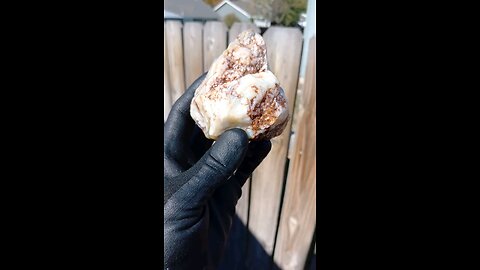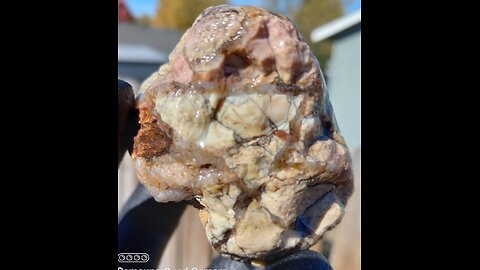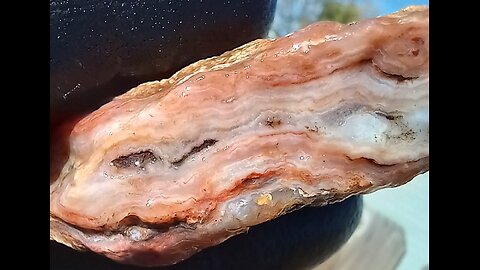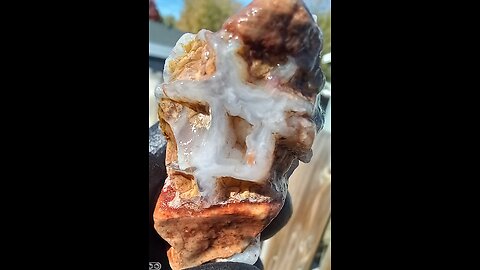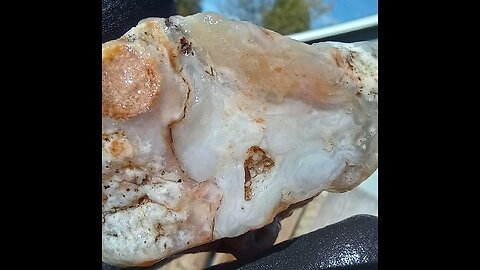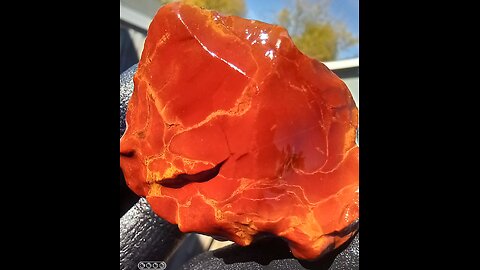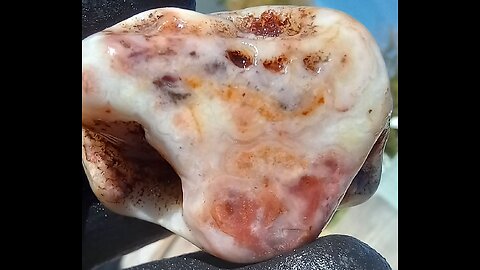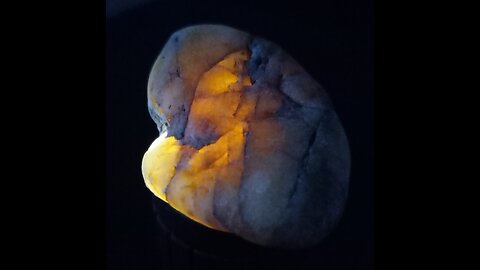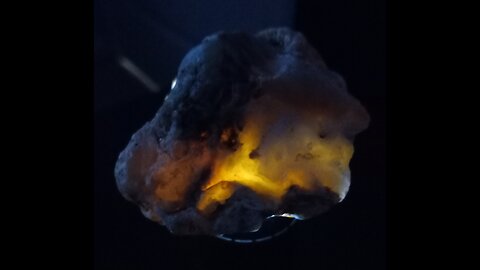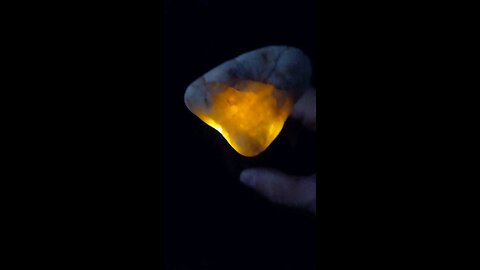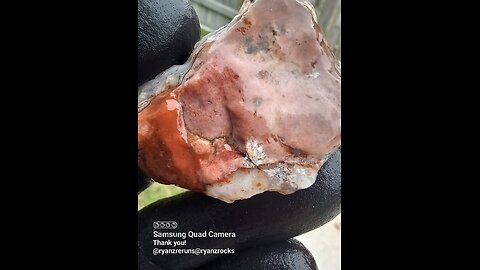Premium Only Content

Slab o' Plume!
Whole & Broken Geodes!
Moss Agate Polish!
Geode Field!
Agate Drop!
Botryoidal cut!
Shaping!
Chalcedony glow!
Botryoidal Chalcedony n' Jasper Glow!
Broken Thunderegg Cluster!
Chalcedony n' Quartz Veins!
Half a thunderegg!
Thunderegg Cluster w Common Opal!
Red Thunderegg Shard!
Botryoidal Geode!
Botryoidal Geode!
Botryoidal Plume Agate!
Chalcedony Geode!
Geode Shot Glass!
Chalcedony Geode w/opal!
Agate Cut!
Hot mess of Conglomerate!
Jasper w/iron inclusions!
Chalcedony Chunk!
Plume agate!
Can't wait to cut this one!
Crazy Lace Agate Cut!
Thundereggs?
Chalcedony & Crazy Lace Cut!
Plume w/CrazyLace cut!
Thought it would be three thundereggs!?!?
Plume botryoidal chalcedony nugget!
Plume slice!
Botryoidal slice!
Plume agate inspection!
Plume flow!
Botryoidal Chalcedony Nugget!
Botryoidal Glow!
Square geode!
It's curved!
Botryoidal formations!
Jasper, Chalcedony, Opal & ???
Nodule with crystals!
Chalcedony or Opal!?
Chalcedony!
Carmel Chalcedony Nugget!
Clear/White Banding!
Looking for colors!
Love the orange/yellow!
Some botryoidal goins' on!
One 4 cuttin'!
Green & White Chalcedony!
Chalcedony or Opal?
Botryoidal chalcedony!
White botryoidal chalcedony?
Agate w/Orange Chalcedony!
Smooth Shard!
White Chalcedony Inside!
More Cut White Chalcedony!
Glow Shard!
Nice Glow!
Opal or Chalcedony?
Chalcedony & Jasper!
White/Yellow Chalcedony!
Botryoidal chalcedony!
Yellow & White Chalcedony!
Agate Nodule w/Chalcedony!
Sandwich o' Chalcedony!
Chalcedony Sqared!
Chalcedony Blob!
Pretty Red Jasper!
Beautiful Colors!
Chalcedony?
Chalcedony!
Quartz or Chalcedony!?!?
Chalcedony from a Thunderegg!
Chalcedony!
Chalcedony!
Nodule with crystals!
A nodule in geological terms refers to a small, irregularly rounded mass of a mineral or mineral aggregate that has a contrasting composition from the host rock in which it is found. Here are some characteristics and types of nodules:
Composition: Nodules can be composed of various minerals. Common examples include:
Concretions: Often made of minerals like calcium carbonate, iron oxide, or silica. They form by the precipitation of minerals around a nucleus (like a shell, bone, or other debris).
Chert Nodules: These are primarily made of microcrystalline quartz, silica, or opal, often found in limestone or chalk.
Manganese Nodules: Found on the ocean floor, these are rich in manganese and other metals like iron, nickel, copper, and cobalt.
Phosphorite Nodules: These contain high amounts of phosphate minerals, often found in marine sediments.
Formation:
Nodules generally form through diagenesis, the process where sediments are compacted and cemented into rock. The minerals precipitate out of solution around a nucleus, growing over time.
They can also form due to chemical reactions in the sediment or rock, often under conditions where there is a change in the chemistry of the surrounding environment.
Appearance: Nodules are typically hard, with a more or less spherical or elliptical shape, but they can be quite irregular. They often have a smooth surface and might be colored differently from the surrounding rock due to their different mineral composition.
Geological Context: Nodules can occur in various rock types, including sedimentary rocks like limestone, shale, and sandstone. They are particularly common in marine deposits where conditions are favorable for the precipitation of minerals.
When discussing nodules, it's important to specify the type because "nodule" is more a description of form and occurrence rather than a specific rock or mineral type. If you have a specific nodule in mind or find one, examining its composition and the context in which it's found will help in identifying what kind of nodule it is.
-
 2:30:56
2:30:56
We Like Shooting
16 hours ago $0.03 earnedWe Like Shooting 625 (Gun Podcast)
19.9K1 -
 1:45:02
1:45:02
Glenn Greenwald
7 hours agoIsrael Slaughters More Journalists, Hiding War Crimes; Trump's Unconstitutional Flag Burning Ban; Glenn Takes Your Questions | SYSTEM UPDATE #504
125K139 -
 1:29:31
1:29:31
Killerperk
3 hours ago $0.36 earnedRoad to BF6. Come hang out #regiment #bf6
26.2K2 -
 LIVE
LIVE
Jokeuhl Gaming and Chat
4 hours agoDARKTIDE - Warhammer 40k w/ Nubes Bloobs and AoA
50 watching -
 LIVE
LIVE
Cripiechuccles
5 hours ago😁💚💙MOTA MONDAY WITH CRIPIE💚💙 👌SMOKING, GAMING & WATCHING FLICKS!:😁
34 watching -
 36:11
36:11
Stephen Gardner
4 hours ago🔥'Burn ALL TRUMP FLAGS’ says Tim Walz + Democrat CAUGHT rigging own election!
23.1K12 -
 10:10
10:10
robbijan
1 day agoHollywood’s Hidden Messages: Predictive Programming & What’s Next
17.3K18 -
 40:13
40:13
MattMorseTV
6 hours ago $0.45 earned🔴It's EVEN WORSE than we thought...🔴
31.7K77 -

MissesMaam
7 hours agoVariety Games💚✨
18.9K4 -
 2:30:51
2:30:51
Sgt Wilky Plays
4 hours agoThe Finals with the Pack
13.6K
